Tracy Slatyer, known for hunting dark matter in our galaxy and discovering evidence of an ancient Milky Way explosion, has won a $100,000 prize funded by tech billionaires.
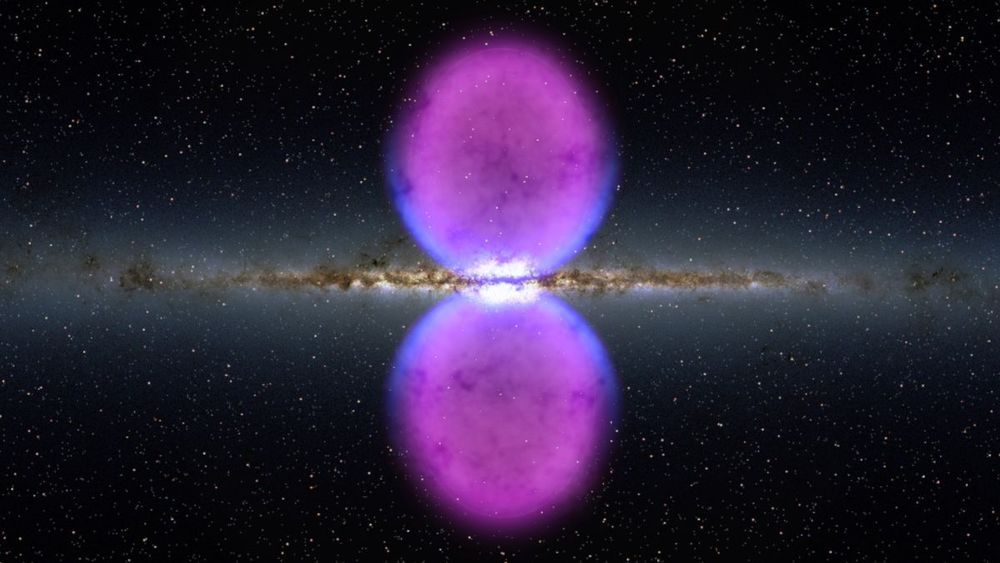

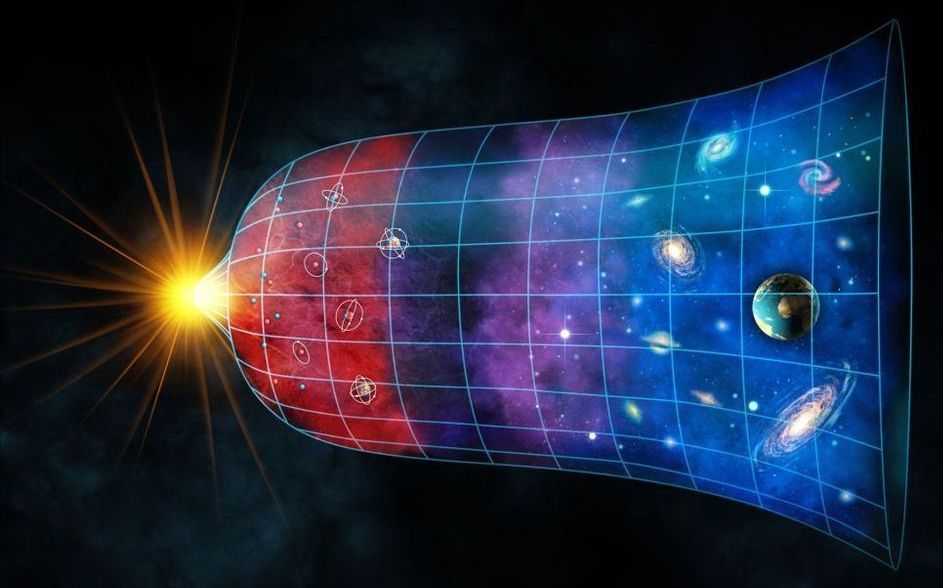
« Has the universe been around forever? If so, perhaps it’s been bouncing back and forth in a never-ending cycle of big bangs in which all matter bubbles out of a singularity, followed by big crunches, in which everything gets swallowed up again to form that dense point from which the universe is born again. And the cycle continues over and over and over. »
All you need is some string.
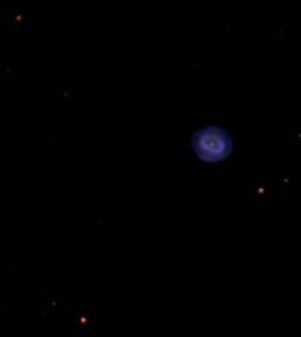
One-hundred million light years away from Earth, an unusual supernova is exploding.
That exploding star —which is known as “supernova LSQ14fmg”—was the faraway object discovered by a 37-member international research team led by Florida State University Assistant Professor of Physics Eric Hsiao. Their research, which was published in the Astrophysical Journal, helped uncover the origins of the group of supernovae this star belongs to.
This supernova’s characteristics—it gets brighter extremely slowly, and it is also one of the brightest explosions in its class—are unlike any other.

A good astrophotography lens is one that has a wide focal length and a wide maximum aperture. Normally, this would be a prime lens, but one of Canon’s next major lenses might buck that trend.
Canon Rumors is reporting that an RF 14-21mm f/1.4L USM lens is currently being tested by photographers, after a patent emerged for such a lens early last year. A super-wide aperture ultra-wide angle lens is a ton of fun to shoot with; in fact, when I reviewed the Sigma 14mm f/1.8 DG HSM Art, I called it one of the most fun lenses I have shot with, an evaluation that holds true to this day. Beyond the fun aspect, no doubt, such a lens would be tremendously useful for astrophotographers. At this time, the widest full frame f/1.4 lens is the Sigma 20mm f/1.4 Art, a prime lens. Not only would the rumored RF lens offer a significantly wider field of view at the same maximum aperture, it would also offer a very useful zoom range for astrophotography and nighttime landscape and cityscape work.
There is no word on price or availability yet, but such a lens would definitely be popular among both astrophotographers and event shooters. Would you be interested in one?
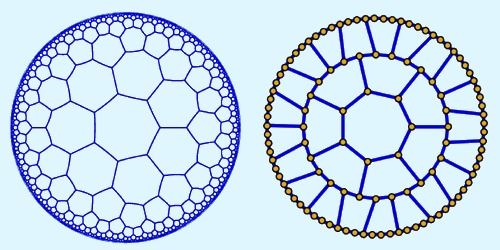
A heptagonal-lattice superconducting circuit, and the mathematics that describe it, provide tools for studying quantum mechanics in curved space.
According to John Wheeler’s summary of general relativity, “space-time tells matter how to move; matter tells space-time how to curve.” How this relationship plays out at the quantum scale is not known, because extending quantum experiments to curved space poses a challenge. In 2019, Alicia Kollár and colleagues at Princeton University met that challenge with a photonic circuit that represents the negatively curved space of an expanding universe [1]. Now, Igor Boettcher and colleagues at the University of Maryland, College Park, describe those experiments with a new theoretical framework [2]. Together, the studies offer a toolkit for studying quantum mechanics in curved space that could help answer fundamental questions about cosmology.
In a universe that expands at an accelerating rate, space curves away from itself at every point, producing a saddle-like, hyperbolic geometry. To project hyperbolic space onto a plane, Kollár’s team etched a centimeter-sized chip with superconducting resonators arranged in a lattice of heptagonal tiles. By decreasing the tile size toward the edge of the chip, the researchers reproduced a perplexing property of hyperbolic space: most of its points exist on its boundary. As a result, photons moving through the circuit behave like particles moving in negatively curved space.
This rendering shows the density of matter in the aftermath of two merged neutron stars, resulting in the formation of a black hole. (Credit: David Radice/Pennsylvania State University)
A new Physics Frontier Center at UC Berkeley, supported by the National Science Foundation, expands the reach and depth of existing capabilities on campus and at neighboring Lawrence Berkeley National Laboratory (Berkeley Lab) in modeling one of the most violent events in the universe: the merger of neutron stars and its explosive aftermath.
The Network for Neutrinos, Nuclear Astrophysics, and Symmetries (N3AS) Physics Frontier Center is led by Wick Haxton, a theoretical nuclear physicist in Berkeley Lab’s Nuclear Science Division, astrophysicist, and UC Berkeley physics professor.
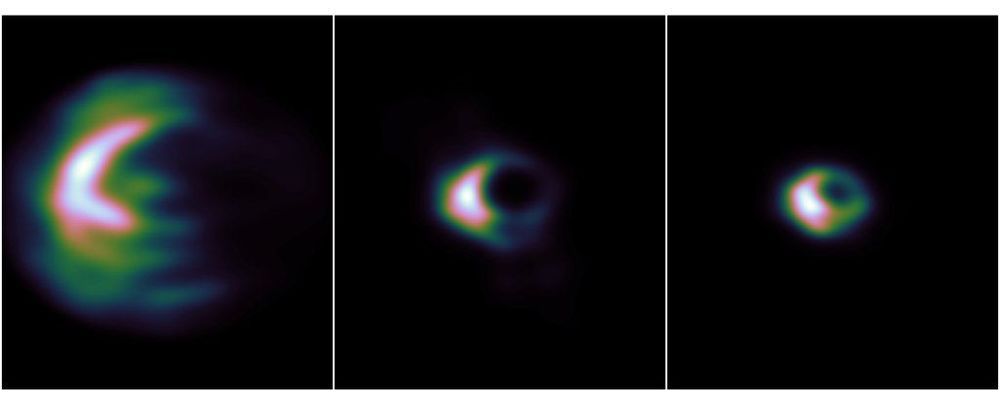
Last year, the astronomical community achieved an absolute wonder. For the very first time, the world collectively laid eyes on an actual image of the shadow of a black hole. It was the culmination of years of work, a magnificent achievement in both human collaboration and technical ingenuity.
And, like the best scientific breakthroughs, it opened a whole new world of enquiry. For a team led by astrophysicist Hector Olivares from Radboud University in the Netherlands and Goethe University in Germany, that enquiry was: how do we know M87 is a black hole?
“While the image is consistent with our expectations on what a black hole would look like, it is important to be sure that what we are seeing is really what we think,” Olivares told ScienceAlert.
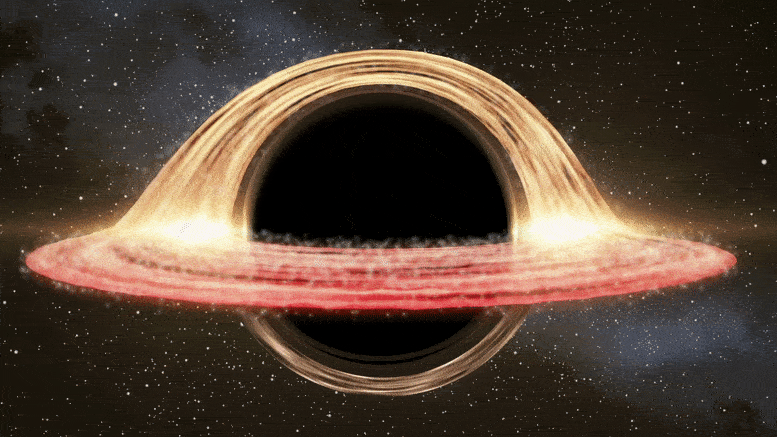
Through simulations of a dying star, a team of theoretical physics researchers have found the evolutionary origin and the maximum mass of black holes which are discovered by the detection of gravitational waves as shown in Figure 1.
The exciting detection of gravitational waves with LIGO (laser interferometer gravitational-wave observatory) and VIRGO (Virgo interferometric gravitational-wave antenna) have shown the presence of merging black holes in close binary systems.
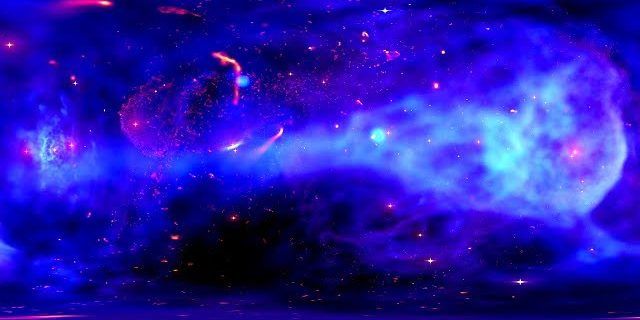
A team of researchers from the Instituto de Astrofísica VR Lab at Pontificia Universidad Católica de Chile has released a virtual simulation of the black hole at the center of our galaxy. Known as “Galactic Center VR,” the short video, released on the Chandra X-ray Observatory Youtube channel, offers a 360-degree view of the center of the Milky Way, which takes the viewer through about 500 years of stellar movement.
The simulation puts the viewer in the place of the black hole itself, Sagittarius A*, and allows for full rotation of the camera. The team explains in the video notes that the simulation shows “stellar giants” moving around the galactic center, while “stellar winds” blow off their surfaces to create different colors. Thankfully, they went into a little detail as to what these colors represent. They wrote:
Blue and cyan represent X-ray emission from hot gas with temperatures of tens of millions of degrees, while the red emission shows ultraviolet emission from moderately dense regions of cooler gas with temperatures of tens of thousands of degrees, and yellow shows the cooler gas with the highest densities.
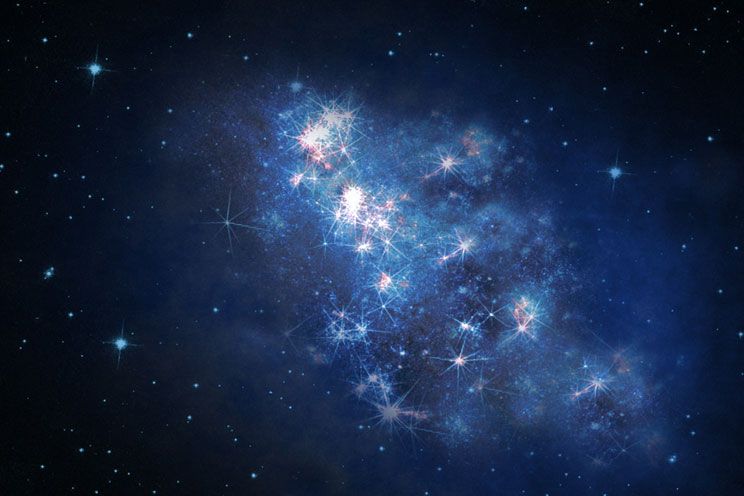
Astronomers at the Keck Observatory in Hawaii say they have found the most distant galaxy yet. Its name is z8_GND_5296, and it is churning out new stars at an astounding rate. The remarkable z8_GND_5296 is believed to be about 30 billion light years away, and continues to gain distance. Scientists are hoping it can provide clues to what happened right after the Big Bang.
The Keck research team determined how far away z8_GND_5296 is by measuring precisely the redness of its light. Since the galaxy is moving away, its light waves are stretched, which makes it appear redder than it truly is. Astronomers call this phenomena redshift. This galaxy holds the redshift record at 7.51, beating the now second furthest galaxy by exactly 0.3. According to Nature, an international weekly science journal, only five known galaxies have a mathematically tested and confirmed redshift “in excess of 7.”
With regard to producing new stars, z8_GND_5296 is unusually productive. Nature says it puts out “about 330 new solar masses per year, which is which is more than a factor of 100 greater than that seen in the Milky Way.” This is even more impressive if one considers z8_GND_5296’s diminutive size. The powerhouse star-producer is only about 1–2% the size of our galaxy. Of the recorded galaxies with redshifts exceeding 7, only one other has a high star-formation rate.